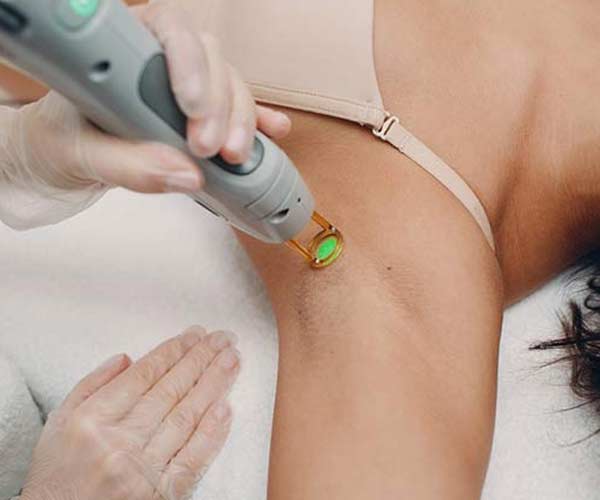What Are Photosensitizing Medications?
By Dr. Stephen Cosentino
PRESIDENT OF EMPIRE MEDICAL TRAINING
Photosensitizing medications may cause adverse skin reactions in patients who receive certain aesthetic treatments and are then exposed to the sun. Treatments that may cause skin damage following sun exposure include chemical peels and laser light therapy.
Patients and providers alike need to understand which medications are known to produce photosensitive reactions and take appropriate steps to reduce the risk. That could mean temporarily discontinuing a nonessential medication prior to a course of treatment. It could also mean delaying or forgoing treatment entirely if the medication is vital to sustaining or extending the patient’s life.
Read on to learn:
- Which medicines may qualify as photosensitizing
- The two types of medication-induced photosensitivity
- Determining whether photosensitivity is a contraindication for cosmetic anti-aging procedures
- Managing adverse skin reactions due to photosensitivity
Examples of Photosensitizing Medications
There are dozens of potentially photosensitizing medications on the market. They include popular acne medications, nonsteroidal anti-inflammatory drugs (NSAIDs), antidepressants, antihistamines, and cancer treatments. Many are oral or injectable; not all are applied to the skin:
- Antihistamines: Azatadine, Clemastine, Diphenhydramine
- Acne medications: Accutane, Retin-A
- Antidepressants: Amoxapine, Clomipramine, Doxepin, Protriptyline, Trazodone
- Blood pressure medications: Captopril, Diltiazem, Methyldopa, Minoxidil
- NSAIDs: Diclofenac, Fenoprofen, Flurbiprofen, Indomethacin, Ketoprofen
- Cancer medications: Chlorambucil, Cyclophosphamide, Dacarbazine, Fluorouracil, Flutamide, Mercaptopurine, Methotrexate, Procarbazine, Thioguanine, Vinblastine
This is not an exhaustive list of sun-sensitizing drugs. Refer to the link above for a more comprehensive overview. When in doubt, contact the manufacturer for medication-specific guidance.
Types of Photosensitive Reaction
There are two main types of drug-induced photosensitivity: photoallergic reactions and phototoxic reactions. They can occur in response to natural sun exposure and to artificial UV light sources, such as tanning beds.
Photoallergic Reactions
A photoallergic reaction is an allergic reaction triggered by changes that occur when skin is exposed to the sun. The sun’s UV radiation causes chemical changes in drugs applied to the skin. The immune system then mistakes for foreign invaders and produces antibodies to neutralize them.
This triggers a rash or area of inflammation similar to skin conditions like eczema. The rash is typically temporary and self-limiting but is unsightly and can be itchy or painful.
Phototoxic Reactions
Phototoxic reactions are more common than photoallergic reactions. Unfortunately, they can also last longer — sometimes for years following initial sun exposure — and may complicate treatment of the patient’s underlying medical conditions.
Phototoxicity occurs when a photosensitizing medication reacts with UV light and produces harmful toxins that cause cell death. Depending on the type and severity of the reaction, the physical change can persist for months or years. Phototoxicity may also increase the risk of long-term complications, such as skin cancer.
Determining Contraindications and Managing Adverse Reactions
Providers are responsible for informing patients about the potential for phototoxic or photoallergic reactions. They must assess the overall degree of risk — as determined by patient- and medication-specific factors — and help the patient determine whether the cosmetic procedure is worth the potential complications.
Providers must also advise patients around risk reduction measures following cosmetic procedures that may promote photosensitivity. These might include temporarily limiting outdoor activity, adding sun protection (such as wide-brimmed hats and other sun protective clothing), and using broad spectrum sunscreen when outdoors.


